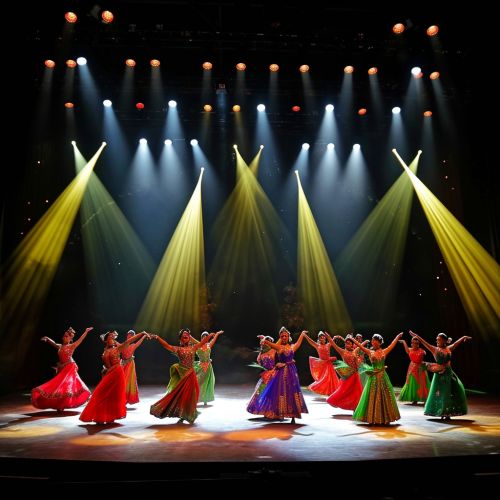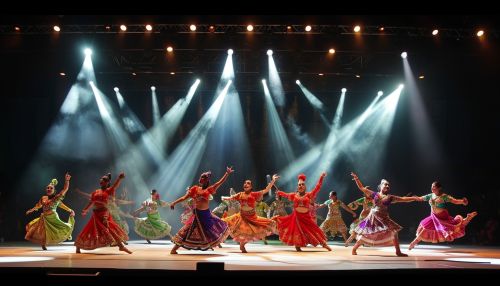Eurovision Dance Contest
Overview
The Eurovision Dance Contest was a televised dance competition, organized by the European Broadcasting Union (EBU) and the International DanceSport Federation (IDSF). The contest was based on the format of the Eurovision Song Contest, but instead of singing, participants competed in dance. The contest was held annually from 2007 to 2008, with plans for a third contest in 2009 cancelled due to lack of interest from broadcasters.
History
The Eurovision Dance Contest was first conceived in 2006 by the EBU and the IDSF, with the aim of creating a dance equivalent to the popular Eurovision Song Contest. The first contest was held in 2007 in the United Kingdom, hosted by the British Broadcasting Corporation (BBC). The contest was a success, with 16 countries participating and millions of viewers across Europe tuning in to watch the live broadcast.


In 2008, the second Eurovision Dance Contest was held in Glasgow, Scotland. Despite the success of the first contest, the second contest saw a decrease in the number of participating countries, with only 14 countries taking part. The contest was won by Poland, with dancers Marcin Mroziński and Edyta Herbuś performing a routine that combined ballroom and Latin dance styles.
Plans for a third Eurovision Dance Contest in 2009 were initially announced, but the contest was later cancelled due to lack of interest from broadcasters. Despite attempts to revive the contest in subsequent years, no further editions have been held to date.
Format
The Eurovision Dance Contest followed a similar format to the Eurovision Song Contest. Each participating country selected a pair of dancers through a national selection process. These dancers then represented their country in the contest, performing a dance routine of their choice. The performances were judged by a panel of experts, as well as by viewers at home who could vote for their favourite performance via telephone or SMS.
The scoring system used in the contest was also similar to that of the Eurovision Song Contest. Each country awarded points to the other countries' performances, with the highest scoring country declared the winner. Unlike the Eurovision Song Contest, however, the Eurovision Dance Contest allowed professional dancers to participate.
Reception
The Eurovision Dance Contest received mixed reviews from critics and viewers. While some praised the contest for its entertainment value and for promoting dance as an art form, others criticized it for its lack of originality and for failing to capture the same level of popularity as the Eurovision Song Contest.
Despite its short lifespan, the Eurovision Dance Contest had a significant impact on the world of dance. It helped to popularize dance as a form of entertainment and brought attention to the talents of dancers from across Europe. It also paved the way for other televised dance competitions, such as the popular series "So You Think You Can Dance".
